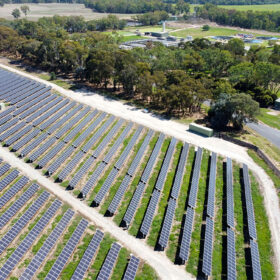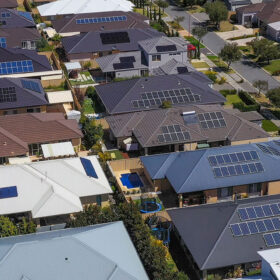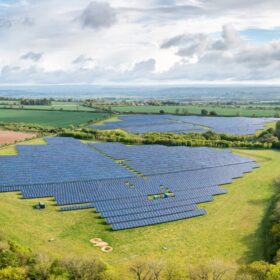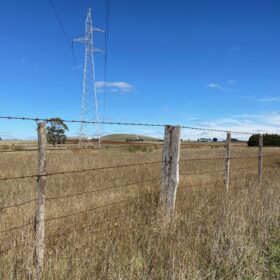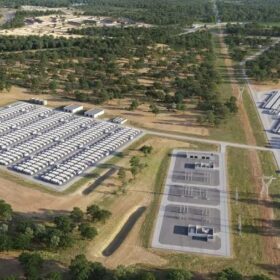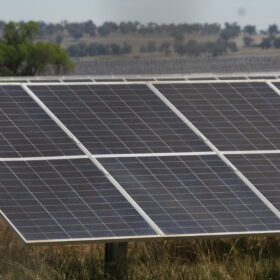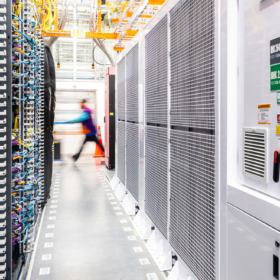Victorian water company achieves 100% electricity from renewable sources
Victorian water and sewerage services provider Wodonga-headquartered North East Water is getting 100% of its electricity from renewable resources, including solar, battery storage, and wind.
CSIRO national energy analysis centre to draw insights from real world, living lab
Data collected from households and businesses will inform the National Energy Analysis Centre, a new, independent CSIRO facility established to provide consumers and providers clear insights into the energy transition, now and in the future.
Polarised light pollution cut by nano-coated solar panels benefits wildlife
A Western Australia researcher has found large-scale solar farms impact migratory routes of wildlife due to polarised light pollution but could be improved with nano-coated solar panels.
Kardinia lands state funding to progress printed solar production facility
Printed solar technology startup Kardinia Energy, photoluminescence imaging specialist BT Imaging, and modular solar array manufacturer 5B are among 13 companies awarded more than $26 million in funding by the New South Wales government to support the commercial development of their clean energy tech.
Investors identify key challenges for renewables rollout
Planning and transmission delays top the list of development challenges for renewable energy investment in Australia with a new survey showing almost 50% of investors rate the country as only “somewhat attractive” for future projects.
Bid Energy plans 4 GWh battery project for Central Coast
Another big battery project has been unveiled for New South Wales with the state and federal governments receiving a proposal for a 1 GW / 4 GWh battery energy storage facility to be developed at Kiar, on the Central Coast.
BHP inks deals to explore battery tech opportunities
Mining giant BHP has struck early-stage agreements with two of the world’s largest battery manufacturers to explore the application of battery technology and electrification across its global operations.
AEMO forecasts increased solar curtailment in NEM
New large-scale solar farms in Australia’s southeast could be forced to curtail up to two thirds of their power generation by 2027 due to delays in energy transmission infrastructure projects, according to new analysis from the Australian Energy Market Operator.
Edify seeks federal tick for 2.4 GWh solar and storage project
Australian renewables developer Edify Energy has unveiled plans for a major 2.4 GWh solar and integrated battery energy storage facility in northwest Victoria, adding to its growing portfolio of power generation and storage projects.
Powering Australia’s data centre boom: Navigating energy compliance and opportunity
Australia’s data centre sector is booming, driven by AI and digital growth – but so too are the energy and regulatory challenges.
